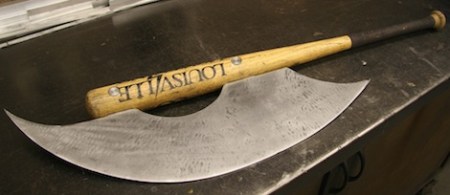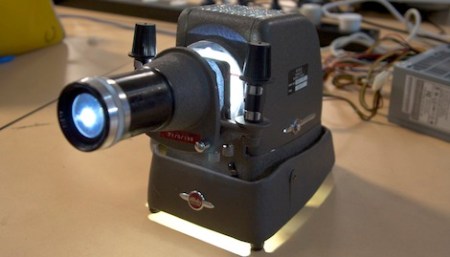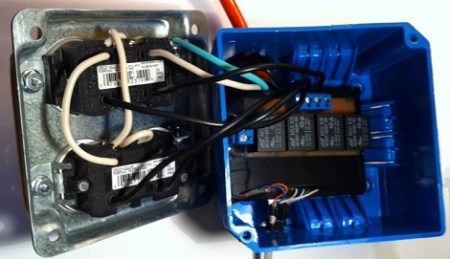
[Drug123] made the most out of this inconspicuous gray box on the gable end of his father’s home. It serves up a 3G Internet connection that was otherwise unavailable..
The project idea was sparked by the absence of wired or fiber optic broadband in the community where his dad lives. He knew some neighbors were using 3G connections, but he couldn’t get it to work inside the house. So he set about developing an external installation that would both communicate with the cellular network, and provide a WiFi connect to it. Hardware for that is relatively expensive; a USB 3G modem and a WiFi router with a USB port.
The box itself is made of plastic, but even without the Faraday cage effect that would have been formed by using a metal housing, the 3G modem’s internal antenna just doesn’t do the job. You can see that [Drug123’s] solution was an external antenna which is mounted at the peak of the roofline. Inside the box there’s an exhaust fan to cool things off when they get too hot, as well as some power resistors which provide a heat source on the coldest nights. The low-cost build certainly fits the bill, and it’s not too hard on the eyes either.

















